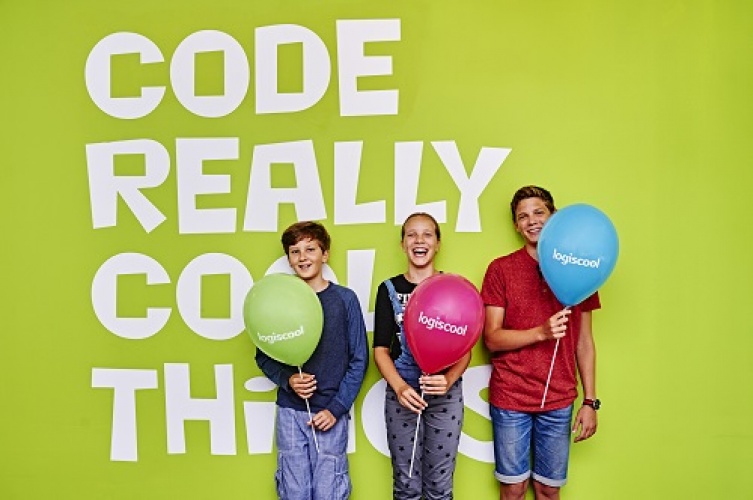Learn to analyse problems in computational terms
Use sequence, selection, and repetition in programs; work with variables and various forms of input and output.
Make appropriate use of data structures.
Be responsible, competent, confident and creative users of information and communication technology.
Design, write and debug programs that accomplish specific goals, including controlling or simulating physical systems; solve problems by decomposing them into smaller parts.
Develop and apply their analytic, problem-solving, design, and computational thinking skills.
Use two or more programming languages, at least one of which is textual, to solve a variety of computational problems.
Undertake creative projects that involve selecting, using, and combining multiple applications, preferably across a range of devices.
Understand simple Boolean logic and some of its uses in circuits and programming.
Understand several key algorithms that reflect computational thinking.
Understand how data of various types can be represented and manipulated digitally, in the form of binary digits.
Understand and apply the fundamental principles and concepts of computer science, including abstraction, logic, algorithms and data representation.
Design and develop modular programs that use procedures or functions.
Understand a range of ways to use technology safely, respectfully, responsibly and securely, including protecting their online identity and privacy.
Use technology safely, respectfully and responsibly; recognise acceptable/unacceptable behaviour; identify a range of ways to report concerns about content and contact.
Use logical reasoning to explain how some simple algorithms work and to detect and correct errors in algorithms and programs.
Use technology safely and respectfully, keeping personal information private; identify where to go for help and support when they have concerns about content or contact on the internet or other online technologies.
Recognise common uses of information technology beyond school.
Use logical reasoning to predict the behaviour of simple programs.
Create and debug simple programs.
Are responsible, competent, confident and creative users of information and communication technology.
Can evaluate and apply information technology, including new or unfamiliar technologies, analytically to solve problems.
Can analyse problems in computational terms, and have repeated practical experience of writing computer programs in order to solve such problems.
Can understand and apply the fundamental principles and concepts of computer science, including abstraction, logic, algorithms and data representation.
Create, re-use, revise and re-purpose digital artefacts for a given audience, with attention to trustworthiness, design and usability.
Design, use and evaluate computational abstractions that model the state and behaviour of real-world problems and physical systems.
Learn to evaluate and apply information technology, including new or unfamiliar technologies, analytically to solve problems.
Understand how numbers can be represented in binary, and be able to carry out simple operations on binary numbers.
Use logical reasoning to compare the utility of alternative algorithms for the same problem.
Understand how to identify and report a range of concerns.
Develop their capability, creativity and knowledge in computer science, digital media and information technology.
Understand what algorithms are; how they are implemented as programs on digital devices; and that programs execute by following precise and unambiguous instructions.
Use technology purposefully to create, organise, store, manipulate and retrieve digital content.
Achieve challenging goals, including collecting and analysing data and meeting the needs of known users.





User reviews for Logiscool
You need to log in to post a review.